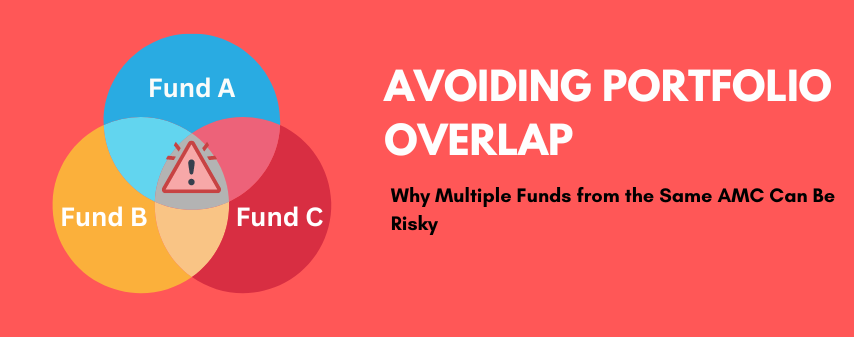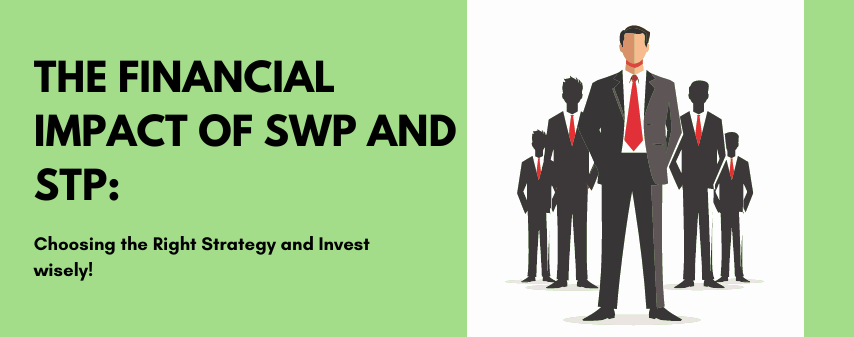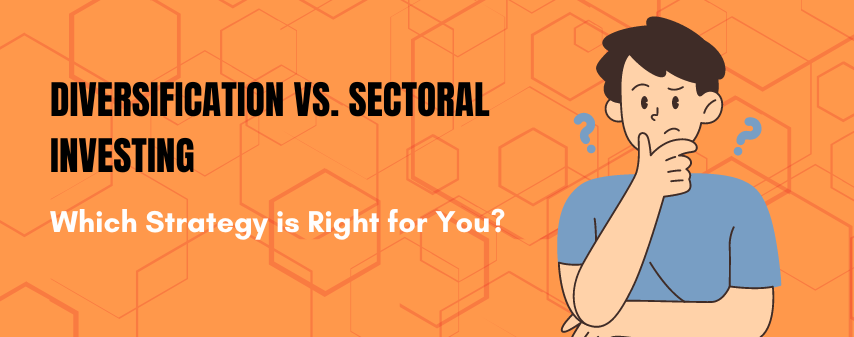SEBI's Updated F&O Trading Report: Why Retail Investors Keep Losing and Big Players Keep Profiting

Introduction
SEBI (Securities and Exchange Board of India) has once again shone a spotlight on the F&O (Futures and Options) market, and the findings are alarming but not unexpected. A follow-up report for FY22 to FY24 reveals that while more retail investors are jumping into F&O trading, an overwhelming 91% of them are incurring significant losses. This trend continues from SEBI’s earlier 2021-22 report, which highlighted similar patterns of retail losses. Meanwhile, big institutional players and proprietary traders are making substantial profits, raising questions about market dynamics and whether retail investors are adequately equipped to navigate this risky segment.
In this article, we’ll explore SEBI’s latest findings and why the majority of retail investors are losing money, while large players continue to profit.
Key Findings from SEBI’s Updated F&O Trading Report
- Retail Investors Are Suffering Heavy Losses: According to SEBI’s report, retail investors have been consistently losing money in the F&O market. In FY24, approximately 91% of retail traders lost money, with an average annual loss of ₹1.1 lakh. This paints a troubling picture for individual traders who enter the F&O market hoping for quick profits but end up incurring heavy financial setbacks.
- Proprietary Traders and FPIs are Winning Big: In sharp contrast to retail traders, institutional traders and proprietary desks continue to see high profits. Proprietary traders earned gross profits of ₹33,000 crore in FY24, while Foreign Portfolio Investors (FPIs) raked in ₹28,000 crore. These big players rely heavily on algorithmic trading to optimize their trades and manage risk efficiently, a luxury that most retail traders don’t have.
- Algorithmic Trading Drives the Profits: Nearly all of the profits (97% for FPIs and 96% for proprietary traders) came from algorithmic trading. These automated systems enable institutions to execute trades faster and more efficiently than individual retail traders. This access to cutting-edge technology puts retail investors at a considerable disadvantage, as they often rely on manual strategies or basic trading tools.
- Young and Inexperienced Traders are Entering the Market: One concerning trend highlighted in the report is the growing participation of younger, less experienced traders in the F&O segment. The percentage of traders under 30 years of age rose from 31% in FY23 to 43% in FY24. Alarmingly, 93% of these younger traders incurred losses in FY24, compared to an already high 91% of all retail traders.
- New Traders are Particularly Vulnerable: SEBI also reported that 42 lakh F&O traders in FY24 were “new traders”—individuals who had not traded in the F&O market for at least three years. A staggering 92% of these new traders experienced losses, averaging around ₹46,000 per person. This indicates that many novice investors are jumping into F&O trading without fully understanding the risks involved.
Why Retail Investors Are Losing in the F&O Market
The F&O market is notoriously complex and volatile, making it a challenging space for individual investors. Several factors contribute to the consistent losses among retail traders:
- Lack of Expertise: Unlike institutional investors, retail traders typically lack access to advanced analytical tools and market research. Many retail participants make trading decisions based on gut feelings or limited information, which can lead to poorly timed trades and significant losses.
- Over-Reliance on Leverage: F&O trading allows investors to use leverage, which can amplify both profits and losses. Retail traders, drawn by the prospect of magnified gains, often over-leverage their positions. When the market moves against them, however, the losses can quickly spiral out of control, as highlighted by SEBI’s data.
- High Transaction Costs: The report revealed that individuals have incurred over ₹50,000 crore in transaction costs from FY22 to FY24. On average, retail investors spent ₹26,000 per person on brokerage, exchange fees, and taxes in FY24 alone. These costs significantly reduce any potential profits and can turn even a successful trade into a financial loss.
- Psychological Biases: Behavioural factors such as overconfidence, herd mentality, and loss aversion play a big role in why retail investors tend to make poor decisions. Many traders enter the F&O market believing they can outperform seasoned professionals, only to find themselves emotionally driven and making reactive trades.
Why Big Players Keep Winning
Institutional investors and proprietary traders have consistently outperformed retail traders for several reasons:
- Access to Superior Technology: Big players use algorithmic trading to execute trades at speeds and volumes that retail investors cannot match. These algorithms can process vast amounts of data in real-time, allowing institutional traders to capitalize on market movements with precision.
- Better Risk Management: Institutional traders employ sophisticated risk management techniques, such as hedging and diversification. They have the financial capacity to spread their risk across multiple asset classes, reducing the impact of a single bad trade. Retail traders, in contrast, often lack these resources and strategies.
- Economies of Scale: Larger traders benefit from economies of scale. Since they are trading in much larger volumes, they can generate profits from even small price movements. Retail traders, by comparison, need larger market shifts to see meaningful returns.
What Can Retail Investors Do?
The stark divide between retail losses and institutional profits underscores the need for retail investors to rethink their approach to F&O trading. Here are some steps retail investors can take to reduce their risk and improve their chances of success:
- Improve Financial Literacy Before diving into F&O trading, retail investors should thoroughly educate themselves about the risks and intricacies of the derivatives market. Understanding the potential pitfalls can help them avoid making costly mistakes.
- Limit Leverage Retail investors should use leverage cautiously and ensure they have adequate risk management strategies in place. It’s crucial to set stop-loss orders and only trade with money they can afford to lose.
- Diversify Your Portfolio Instead of focusing solely on F&O, investors should diversify their investments across different asset classes, such as mutual funds, equities, and bonds. This can help reduce overall risk and provide more stable returns over time.
- Seek Professional Guidance Investing with a knowledgeable advisor can significantly improve a retail investor’s chances of success. Platforms like Dhanvantree offer expert advice and a wide range of investment solutions tailored to both new and experienced investors.
Conclusion
SEBI’s latest F&O trading report serves as a cautionary tale for retail investors. The data shows that while the allure of quick profits in the F&O market is strong, the risks far outweigh the rewards for most individuals. Institutional players, backed by superior technology and expertise, continue to profit at the expense of retail traders.
For those looking to invest wisely and mitigate risk, consider starting your journey with Dhanvantree, where expert guidance can help you navigate the complexities of the market effectively.
Note: Mutual fund investments are subject to market risks. Read all scheme-related documents carefully before investing. The past performance of the schemes is neither an indicator nor a guarantee of future performance.
SEBI (Securities and Exchange Board of India) has once again shone a spotlight on the F&O (Futures and Options) market, and the findings are alarming but not unexpected. A follow-up report for FY22 to FY24 reveals that while more retail investors are jumping into F&O trading, an overwhelming 91% of them are incurring significant losses.










